iFixit took apart the new cable on Wednesday and discovered two Gennum GN2033 Thunderbolt Cable Transceiver chips, other much smaller chips and "tons of little resistors" tucked into the metal connector.
The teardown experts were prompted by a tip from ArsTechnica, who had been told by a support technician for storage maker Promise that Apple's Thunderbolt cable is a "smart cable" with internal firmware.
Apple released the Thunderbolt cable on Tuesday, alongside the first compatible peripherals— external RAID systems from Promise, which range in price from $999 to $1,999. Early tests of the Promise systems have revealed blazing fast write speeds of up to 700MB/s, as much as 21 times faster than FireWire and USB 2.0.
Gennum's website describes its transceiver chips as a requirement for the cables due to "the unprecedented speed of the new Thunderbolt technology places unique demands on the physical transmission media. The GN2033 provides the sophisticated signal boosting and detection functions required to transfer high-speed data without errors across inexpensive Thunderbolt copper cables."
Gennum's GN2033 Thunderbolt Cable Transceiver | Source:iFixit
Sources within the telecom industry told ArsTechnica that active cables are usually used at data rates in excess of 5Gbps. Chips at either end are calibrated to the attenuation and dispersion properties of the wire in order to "greatly [improve] the signal-to-noise ratio."
Intel has also reportedly chosen to use active cabling for "future optical-based iterations of Thunderbolt," the report's source added. Though passive optical cabling is more common, active optical cables could allow fiber optics to be coupled with electrical cabling for power transmission. Additionally, "current electrical ports can be forward compatible with future optical cables" if active cabling is used, said the source.
On the more consumer end, LaCie has promised a Thunderbolt solid-state drive is coming this summer. A recent demo of the drive reached read speeds of 827.2MB/s.
Intel and Apple worked together to develop the specification, with Intel providing its "Light Peak" technology and Apple offering its Mini DisplayPort standard. Thunderbolt drives two separate 10Gbps links, one for displays and one for PCI-Express devices, and could reach speeds of up to 100Gbps when the cables transition from copper to optical.
Similar to Apple's experience with its in-house developed FireWire standard, the company has a fine line to walk in making Thunderbolt a unique value-add for Macs while still driving widespread adoption of the standard to ensure a large enough market for a range of third-party peripherals. Currently, the Mac maker is the only supplier of Thunderbolt cables.
Earlier this week, Sony announced a new VAIO Z laptop that implements a proprietary version of Thunderbolt. The electronics giant pulled a similar maneuver with its custom version of FireWire, called i.Link.
 Josh Ong
Josh Ong
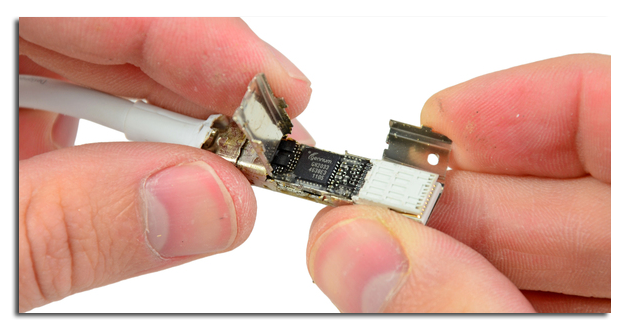
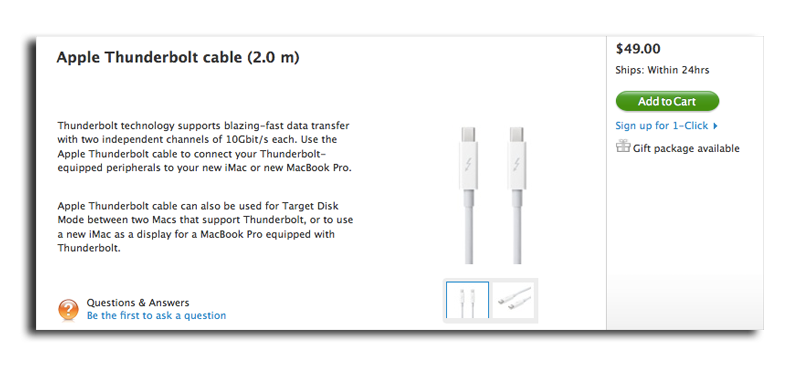

-m.jpg)






 Andrew Orr
Andrew Orr
 Malcolm Owen
Malcolm Owen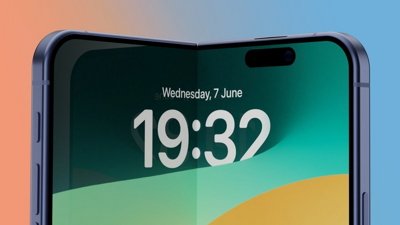
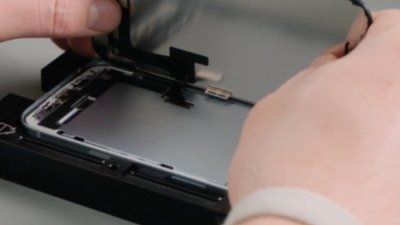
 William Gallagher
William Gallagher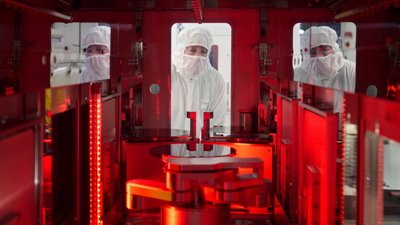


 William Gallagher and Mike Wuerthele
William Gallagher and Mike Wuerthele
 Christine McKee
Christine McKee


-m.jpg)






42 Comments
Nice! Imagine: 2012 "Please plug in your Thunderbolt cable for a firmware update." ... "Thanks! Your cable is now up to spec with a new max speed of 20GBps on each channel! Enjoy!"
Wow ..now I actually feel like $50 is a steal.
I hope I am wrong, but I fear a repeat of SCSI and FireWire, where cost held back adoption, which in turn kept the cost high. For many people, USB3 is going to be fast enough, without costing $1000 for peripherals and $50 for a cable.
I was excited when TB was released, and pulled the trigger on a new MBP. That was months ago, and we are only now seeing anything of TB, and too much for my wallet. I find myself wishing my MBP came with eSATA and USB3...
Had the same thoughts regarding USB3 & storage.
For many people, USB3 is going to be fast enough, without costing $1000 for peripherals and $50 for a cable.
You realize this is the first cable ever made, right? USB cables were expensive in 1997, too.